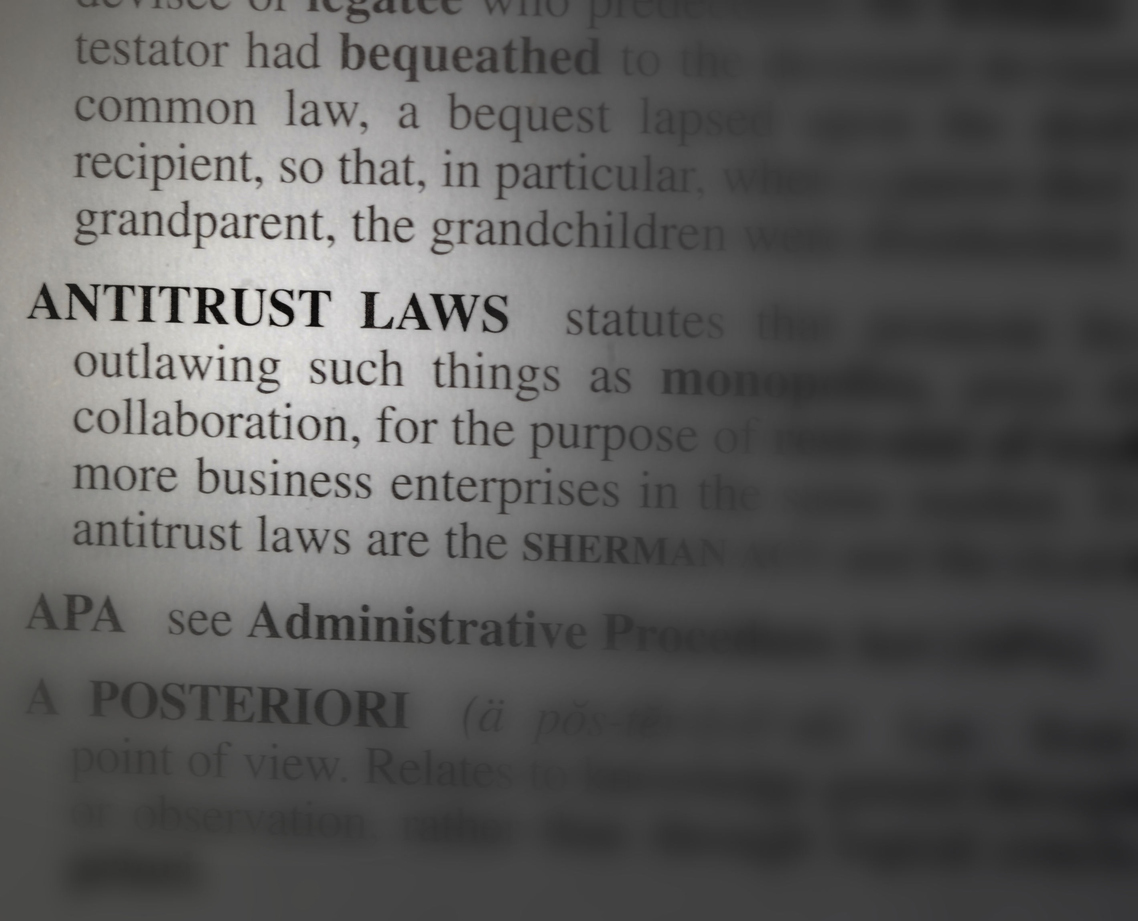
Ordinance and Law Coverage generates a lot of questions whenever I give a speech about the numerous building codes which impact construction. Christopher Boggs is a great insurance educator. Two chapters from his book, Wow! I Never Knew That!: 12 of the Most Misunderstood and Misused P&C Insurance Coverages, Concepts and Exclusions, provide some of the best explanations of this often misunderstood coverage. Insurance agents, property insurance adjusters, public insurance adjusters, and property insurance lawyers should have this book as a reference in their library.
Boggs notes that building codes and standards are created by hundreds of organizations that are adopted into law:
Other well-known construction codes emanating from the federal government include the requirements contained in the Americans with Disabilities Act (ADA) and the National Earthquake Hazard Reduction Program’s (NEHRP’s) model code detailing building methods designed to protect against earthquake damage in the various seismic zones.
Most building code standards, however, are developed and published by advisory organizations. A 1996 study by the National Institute of Standards and Technology (NIST) revealed that there are 93,000 standards put forth by nearly 700 distinct organizations (NIST Special Publication 806, Standards Activities of Organizations in the United States). These promulgated standards apply to all aspects of construction and building materials from acoustical tile to boilers to fire protection systems.
The best known of these advisory organizations is the National Fire Protection Association (NFPA). The NFPA maintains the National Electric Code, the Life Safety Code, and essentially all advisory codes related to fire protection. In addition to all of the above sources of construction-regulating building codes, there is a pseudo-governmental group of organizations very rarely considered when planning ordinance or law coverage: historical societies.
With all these organizations adopting new standards, it is no wonder why Ordinance and Law Coverage is so important. It is a huge coverage gap if not included in a property insurance policy.
Chapter 8 covers commercial coverages and includes a unique discussion of triggers of “major” damage which Boggs notes in part:
The Percentage Rule: Simply, this rule states that if the subject building is damaged beyond a set percentage of its value, the entire structure must be brought into compliance with the current building code. This percentage varies by state ranging from a low of 30 percent to as high as 60 percent.
Jurisdictional Authority Rule: Some state laws allow the authority having jurisdiction to decide at what point a structure has experienced “major” damage. This could be at 40, 50, or 60 percent of its value; or it could be based solely on safety, age, or zoning conditions. Several variations of this rule are used.
I am sending Boggs’ book as a gift to an opposing insurance defense attorney. The attorney’s market clients do not understand that the Law and Ordinance Coverage C they sold to their customer, my client, applies to the “cost to remodel the undamaged portion of the building if demolition is not required.”
Obviously, the cost of Boggs’ knowledge is very inexpensive compared to the value he brings. Do yourself a favor and purchase this book.
Thought For The Day
It is what you read when you don’t have to that determines what you will be when you can’t help it.
—Oscar Wilde



